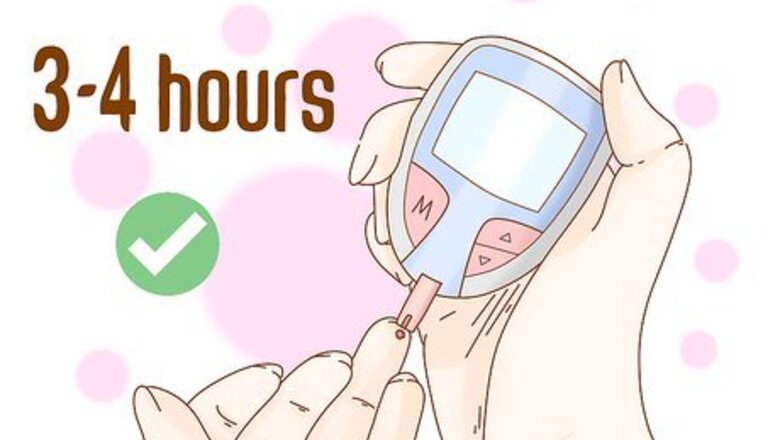
views
X
Trustworthy Source
American Diabetes Association
Health-based nonprofit focused on preventing and researching diabetes
Go to source
Having extremely high ketones is a life-threatening condition called ketoacidosis, so seek emergency care if you are at risk and experience early symptoms like dry mouth, frequent urination, or high blood sugar.
Lowering Ketones with Diabetes
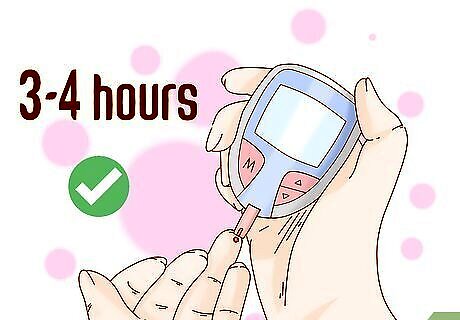
Test your glucose every 3 to 4 hours to ensure adequate insulin. Check your blood sugar more often so you can ensure you’re getting the right amount of insulin and that your body is responding to it. Before meals, your blood sugar should be 70 to 130 mg/dL, and 1 to 2 hours after the start of your meal, it should be below 180 mg/dL. If you get 2 consecutive readings of 240 mg/dL or higher, check your ketone levels again. High levels of glucose and not enough insulin can cause high ketones if your body cannot use glucose for fuel, it will turn to fat and produce ketones in the process.

Check your ketones if your glucose is over 240 mg/dL or if you feel sick. Purchase a blood ketone or urine ketone test kit at your local drug store and take the test. A measurement of 1.6 to 3.0 mmol/L means you have high ketones, and anything over 3.0 mmol/L means you have ketoacidosis and should call an ambulance right away. If ketones are present, check them again after peeing about 1 to 2 hours later. Do not exercise if your blood sugar is high and there are ketones in your urine. Exercising raises ketone levels because it provokes your body to burn fat for fuel. If you have gestational diabetes, ketones in your urine is a sign that you’re not eating enough food at regular intervals throughout the day. If you have both high glucose and ketones, call your doctor about taking insulin to get your blood sugar under control.
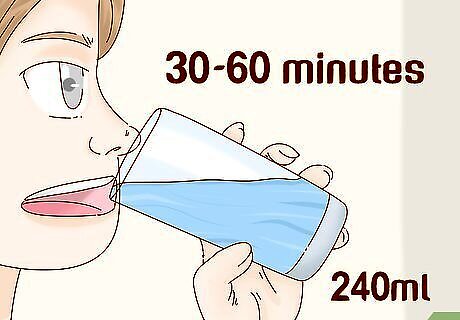
Drink 8 fl oz (240 mL) of water every 30 to 60 minutes to flush out ketones. Water will help flush ketones out of your body through your urine. If your blood sugar is greater than 250 mg/dL, drink sugar-free drinks. If it’s below that number, drink liquids with sugar like juice or sports drinks. Check your ketone levels again after drinking water and urinating.
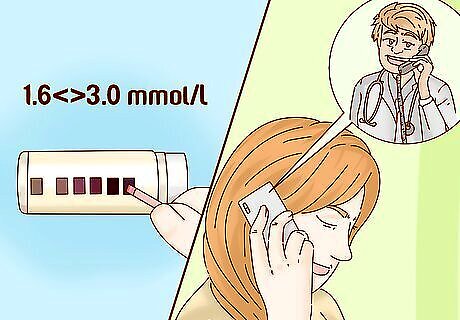
Call your doctor if your ketones are between 1.6 and 3.0 mmol/L. Tell your doctor what your ketone levels are and ask what you should do to bring them down. If you have injected insulin between testing your ketones, tell them whether your ketone levels have changed as a result. If necessary, request more insulin. If your ketones are over 3.0 mmol/L, call emergency services immediately.

Administer enough rapid-acting insulin so your body can use glucose instead of fat. Take insulin as you usually do or follow your doctor’s orders if they tell you to take a higher, corrective dose. When you don’t get enough insulin, your body stores glucose and can’t use it for fuel. As a result, your body will burn fat and produce more ketones. Make sure you’re not skipping meals. If you’re unable to eat due to nausea or vomiting, call for emergency services immediately. Rapid-acting insulin starts working within 15 minutes and last for about 4 hours.
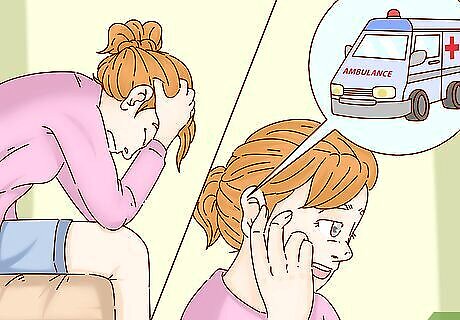
Call emergency services if your symptoms get worse or new symptoms arise. Go to the emergency room as soon as you can if you experience worsening dry mouth, more frequent urination, and high blood sugar that doesn’t respond to insulin injections. Call an ambulance right away if you experience any of the following ketoacidosis symptoms: Extreme weakness or tiredness Dry or flushed skin Nausea, stomach pain, or vomiting (for over 2 hours) Trouble breathing Fruity smelling breath Confusion (or being unable to focus)
Managing Ketones without Diabetes
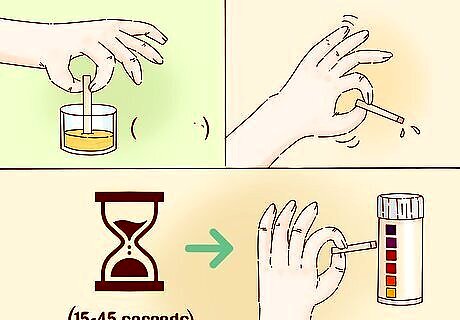
Test your ketones by using urine analysis test strips. Pee into a small disposable cup and dip the end of the test strip into your urine until it’s saturated (which should take just 2 seconds). Shake off any excess urine over the toilet and wait anywhere from 15 to 45 seconds for your results. Whatever color the strip turns will match up with a chart in your testing kit that represents different levels of ketones. Often times, lighter colors mean a lower number of ketones while darker colors represent higher numbers. A normal result is negative, meaning there are no ketones in your urine. However, be aware that urine testing is not as accurate as blood testing. It takes longer for ketones to get into your urine and how hydrated you are can also affect the results. You can purchase ketone test strips online or at any drug store. Since ketone levels fluctuate depending on what you eat and whether you’ve done any physical activity, it’s best to test your ketones in the early morning or after dinner.
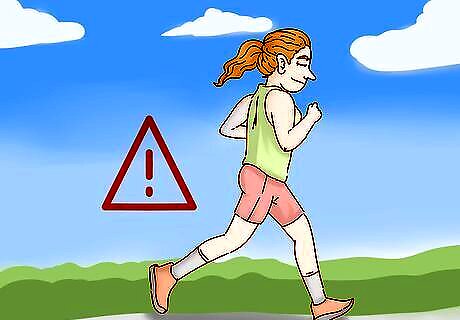
Avoid exercising so your liver doesn’t metabolize fat and produce ketones. Exercise can increase your ketone levels, so if you’re trying to lower ketones, take some time off from your workout routine. Doing usual daily activities like chores or walking short distances is okay, just don’t do anything that raises your heart rate or makes you sweat. Ketone levels rise during exercise because of an increase in blood flow and a higher rate of fat conversion in the liver.
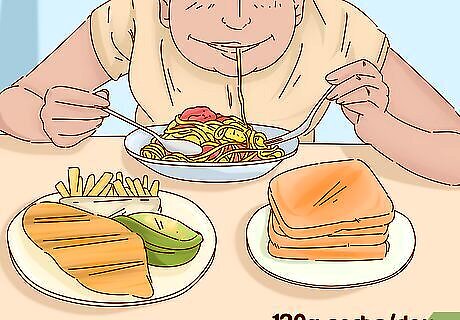
Eat more carbohydrates if you’ve been on a low-carb diet. If your ketones are high due to the ketogenic or other low-carb diet, reintroduce carbohydrates into your diet. Devote at least 25% to 30% of your daily intake to carbohydrates and gradually increase your intake until 45% to 60% of your calories come from carbohydrates. Not getting enough carbohydrates forces your body to burn fat for fuel (instead of glucose), increasing the production of ketones. These are also known as “starvation ketones” or “nutritional ketones,” which is a common effect of the keto diet. The daily recommended amount for adults is 130 grams of carbs per day, but you may need more or less depending on how many calories you eat and how active you are. For example, if you eat 2,000 calories per day and are fairly active, eat 225 to 325 grams of carbs per day. If you’re extremely active and eat 2,400 calories per day, aim to take in about 270 to 390 grams of carbohydrates.

Avoid extreme and intermittent fasting so your body has glucose to burn. Eat 3 regular meals and 1 or 2 snacks per day to lower your ketones. Fasting raises your ketone levels because, without glucose to burn as fuel, your body turns to burning fat. And whenever your body uses fat for fuel, your liver produces ketones. If you’re trying to lose weight, focus on eating whole foods and practicing portion control instead of fasting. If you regularly fast for religious reasons, understand that you may need to decrease the intensity or duration of your fasting (or stop altogether) for the sake of your health.
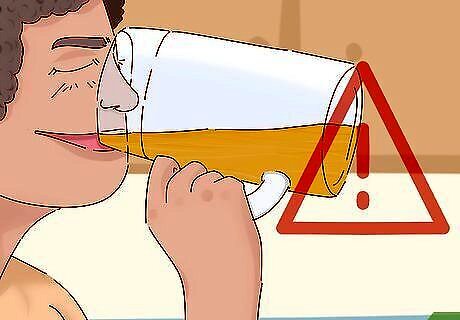
Avoid alcohol so your body can produce insulin and metabolize glucose. If you are a heavy drinker, cut back or stop altogether. Alcohol raises your ketone levels because it causes your pancreas to stop producing insulin for a period of time. That means your cells can’t use glucose for energy and your body resorts to burning fat, producing ketones in the process. Women who drink at least 4 drinks a day on 5 or more days per week are considered heavy alcohol users. For men, heavy use is defined as at least 5 drinks a day on 5 or more days per week. If your dependency on alcohol has led to malnutrition, you are at a high risk of developing alcoholic ketoacidosis. If you experience nausea, vomiting, agitation, confusion, irregular breathing, and symptoms of hydration (vertigo, lightheadedness, thirst), seek emergency medical care right away. If you have alcoholism, talk to your doctor about various treatment options. They may be able to refer you to a recovery program, support group, or addiction specialist.

Seek treatment for anorexia, if necessary, so your body has glucose to use. Anorexia and its associated symptoms like fasting and highly restrictive eating can cause your body to use fat as its sole source of fuel. This will cause your liver to produce a large amount of ketones, which can lead to non-diabetic ketoacidosis. If you suffer from anorexia and have a high level of ketones, see your doctor and get a blood test as soon as you can to determine if you’re at risk for ketoacidosis. If you experience signs of ketoacidosis like extreme fatigue, confusion, extreme thirst, fruity-smelling breath, or trouble breathing, call emergency services immediately.




















Comments
0 comment